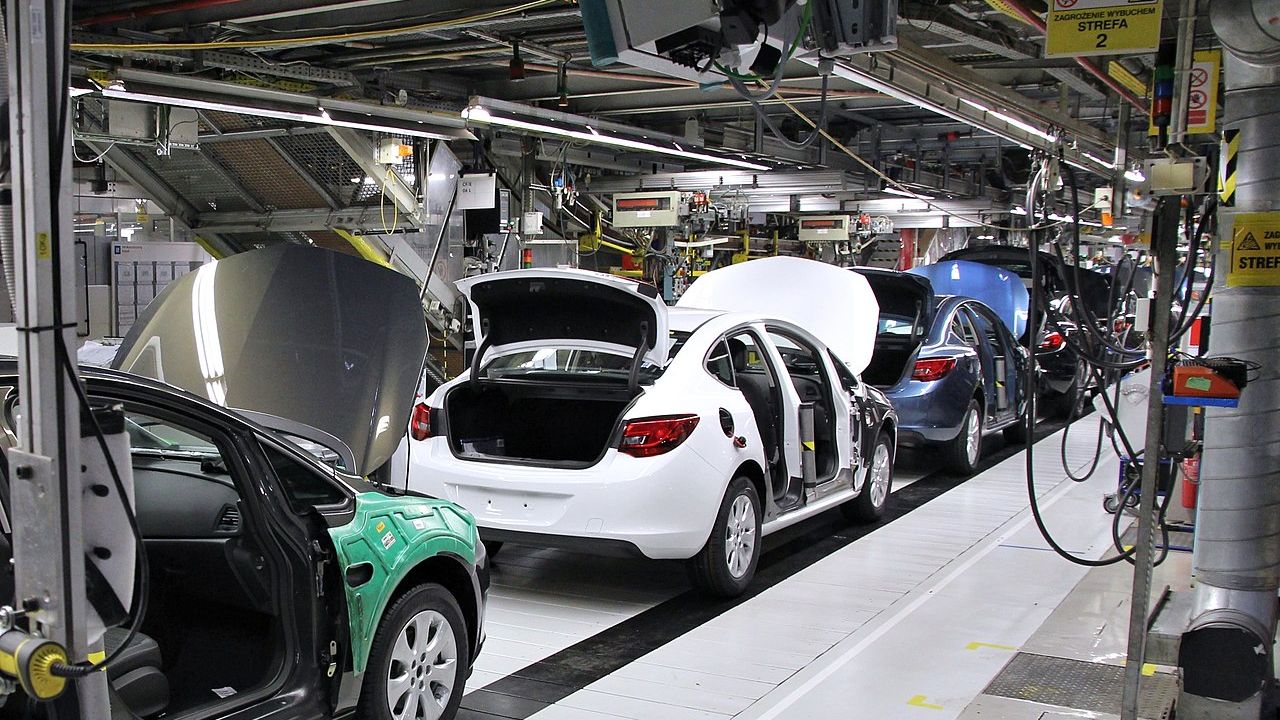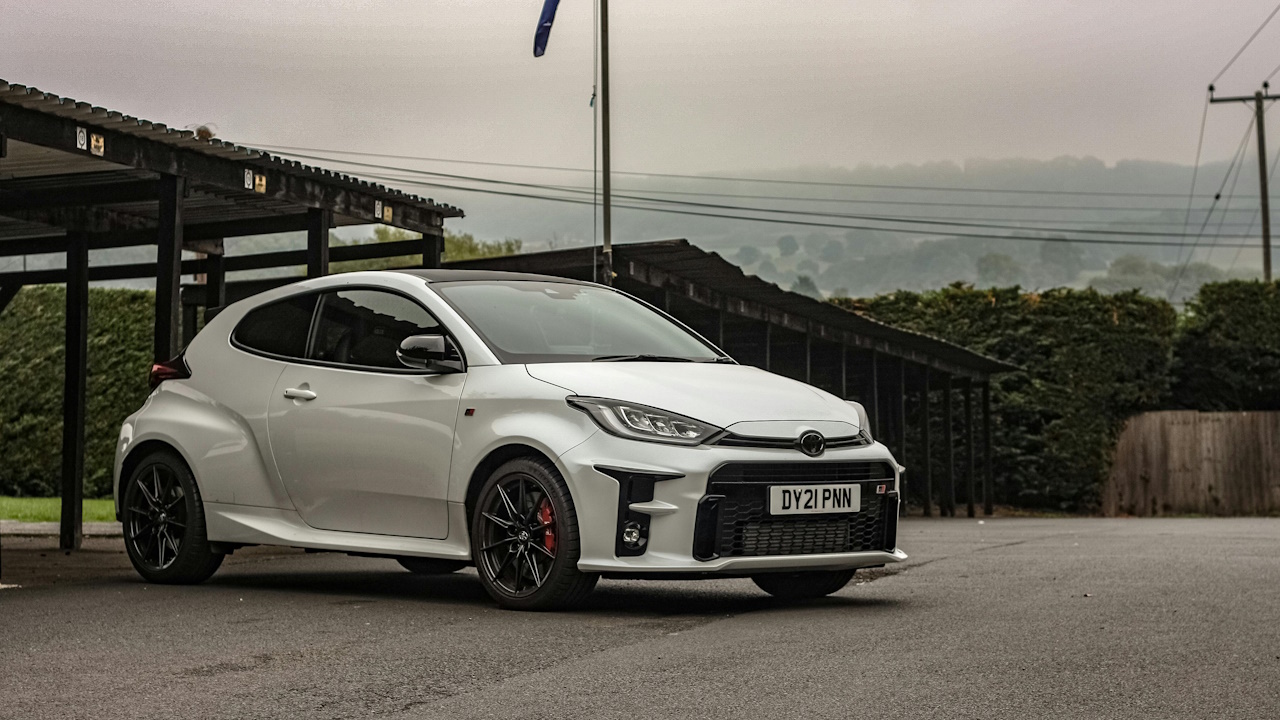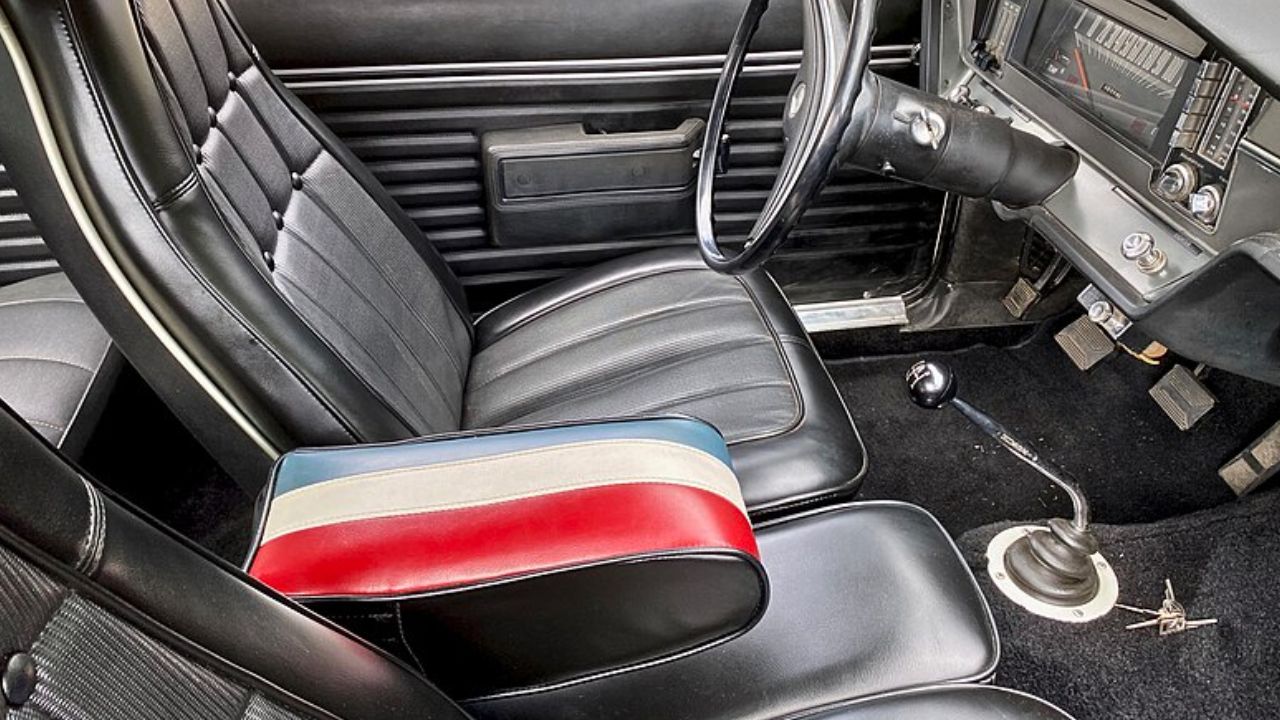In recent years, entry-level budget cars have become increasingly popular due to their affordability and practicality. However, potential buyers often face concerns about the reliability of these vehicles. Potential buyers must weigh the allure of low prices against the potential for frequent repairs and maintenance. Here, I explore key factors contributing to reliability issues in budget cars and offer insights into making informed purchasing decisions.
Understanding Budget Car Manufacturing

When it comes to manufacturing budget cars, cost-cutting measures are often prioritized over quality. Manufacturers face the challenge of keeping prices low, and this often means making compromises on the quality of materials and components used. For instance, the 2020 Nissan Versa, while offering an attractive price, sometimes sacrifices durability, leading to potential reliability concerns. These cost-cutting measures can affect the overall durability and reliability of the vehicle, leaving buyers with more frequent repairs and replacements.
The choice of materials and components is another critical area where budget constraints make a significant impact. Many entry-level cars, like the 2019 Kia Rio, use lower-grade materials that may not withstand the test of time. The use of such materials can lead to issues like premature rusting, quicker wear and tear of interior components, and a generally shorter vehicle lifespan. The effects are often seen in areas like the vehicle’s body, interior, and even engine components, where cheaper materials might not provide the same level of performance or durability.
The impact of automation in budget car manufacturing is another area of concern. While automation helps in reducing costs, it can sometimes lead to inconsistencies and defects. For instance, the 2021 Chevrolet Spark, produced on automated production lines, might occasionally suffer from defects in assembly that could affect reliability. These automated processes, while efficient, may miss quality checks that a human eye might catch, leading to issues down the line for the consumer.
Common Reliability Issues

Mechanical failures are a common issue in budget cars. Engine and transmission problems frequently arise due to the use of less durable components. For example, the 2018 Ford Fiesta has been reported to have transmission issues, which can lead to costly repairs over time. These mechanical failures not only affect the performance of the vehicle but also result in a significant financial burden for the owner, often negating the initial savings from purchasing a budget car.
Electrical system problems are another frequent issue. Budget cars often suffer from faulty wiring and problematic electronic components, leading to malfunctions in essential systems. The 2019 Hyundai Accent, for instance, has been noted for occasional issues with its electrical system, which can cause inconvenience and safety concerns for drivers. Such problems can range from minor annoyances, like malfunctioning dashboard lights, to significant safety risks, such as issues with the braking system.
Build quality concerns are also prevalent in entry-level vehicles. Poor build quality can manifest as misaligned panels, rattles, and inadequate sealing, leading to a less comfortable driving experience. The 2020 Mitsubishi Mirage is one example where build quality issues have been noted, with reports of interior rattles and exterior panel misalignments. These concerns not only affect the aesthetic appeal of the vehicle but can also impact its overall structural integrity and safety.
Evaluating Reliability Before Purchase

Before purchasing a budget car, it’s crucial to research vehicle reliability ratings and consumer reviews. Websites like J.D. Power and Consumer Reports provide valuable insights into how specific models perform over time. For instance, the 2021 Toyota Yaris has received favorable reviews for its reliability, making it a popular choice among budget-conscious buyers. Such research can help potential buyers avoid models with known issues and make more informed decisions.
Understanding the manufacturer warranty and after-sales support is another critical factor. A robust warranty can provide peace of mind and protect against unforeseen costs. For example, Hyundai offers an impressive warranty on its vehicles, including the 2020 Hyundai Elantra, which includes a 10-year/100,000-mile powertrain warranty. Knowing the warranty terms and the quality of after-sales support can make a significant difference in the overall ownership experience.
Conducting thorough test drives and pre-purchase inspections is another essential step. A test drive can reveal immediate issues, such as unusual noises or handling problems, while a professional inspection can uncover hidden issues. For example, a potential buyer of a 2019 Honda Fit may discover brake wear or suspension issues during an inspection, allowing them to negotiate repairs or reconsider their purchase.
Improving Budget Car Reliability

Adhering to a regular maintenance schedule is one of the most effective ways to extend the life of a budget car. Routine maintenance, such as oil changes, tire rotations, and brake inspections, can prevent minor issues from becoming major problems. For owners of the 2020 Kia Forte, staying on top of maintenance can help mitigate some of the common reliability concerns associated with budget vehicles.
Using high-quality aftermarket parts for repairs and replacements can also improve vehicle reliability. When a component needs replacing, opting for a high-quality aftermarket part can often provide better performance and longevity than the original part. For instance, owners of the 2018 Chevrolet Cruze may find that quality aftermarket parts help enhance the car’s reliability and reduce the frequency of repairs.
Driving habits play a significant role in the lifespan of a budget car. Adopting careful driving habits, such as avoiding aggressive acceleration and braking, can reduce wear and tear.
Future Trends in Budget Car Reliability

Looking ahead, technological advancements hold promise for improving the reliability of budget cars. Innovations such as improved engine technologies, advanced materials, and enhanced manufacturing processes can lead to more reliable vehicles. The 2022 Honda Civic, for instance, incorporates some of these advancements, offering a glimpse into the future of budget car reliability.
The potential impact of stricter industry standards and regulations cannot be ignored. As governments and regulatory bodies push for higher safety and quality standards, manufacturers may be compelled to improve the reliability of entry-level vehicles. This shift could lead to better-built cars, even at the lower end of the market.
Market competition is another driving force behind improvements in budget car reliability. As manufacturers vie for consumer attention, they are incentivized to enhance their offerings. Increased competition can lead to better quality and reliability, as seen with the 2021 Mazda3, which has set a high bar for entry-level vehicles.
Like Fast Lane Only’s content? Be sure to follow us.
Here’s more from us:
*Created with AI assistance and editor review.






Leave a Reply